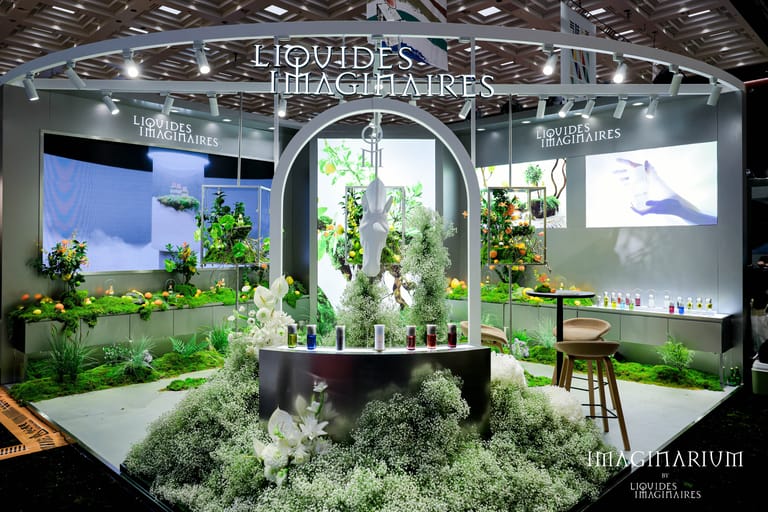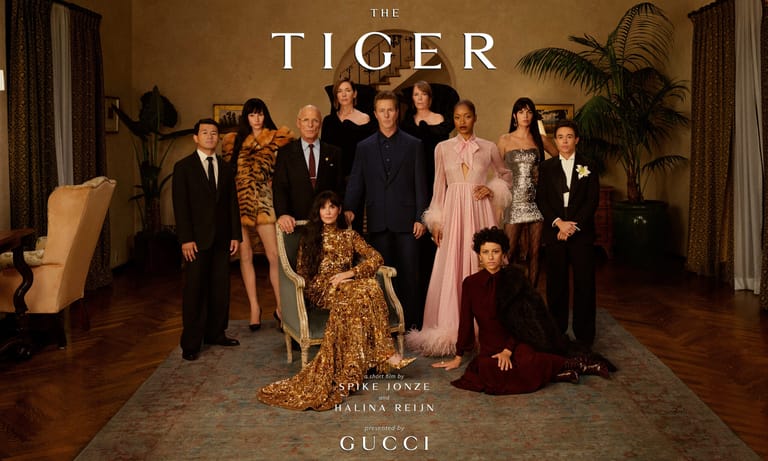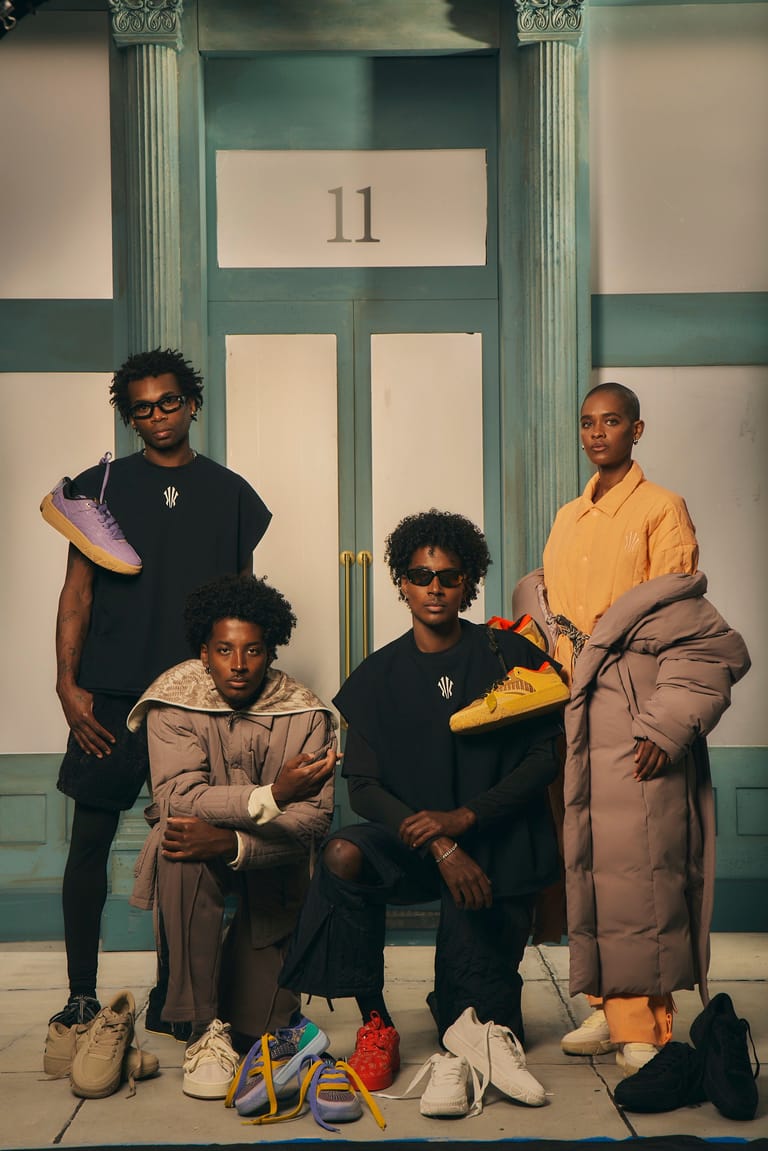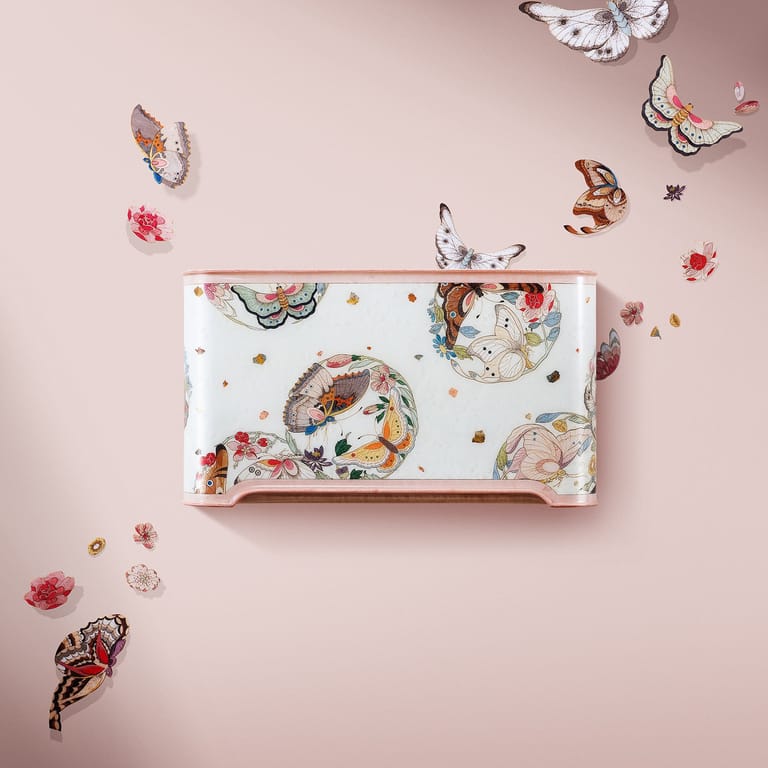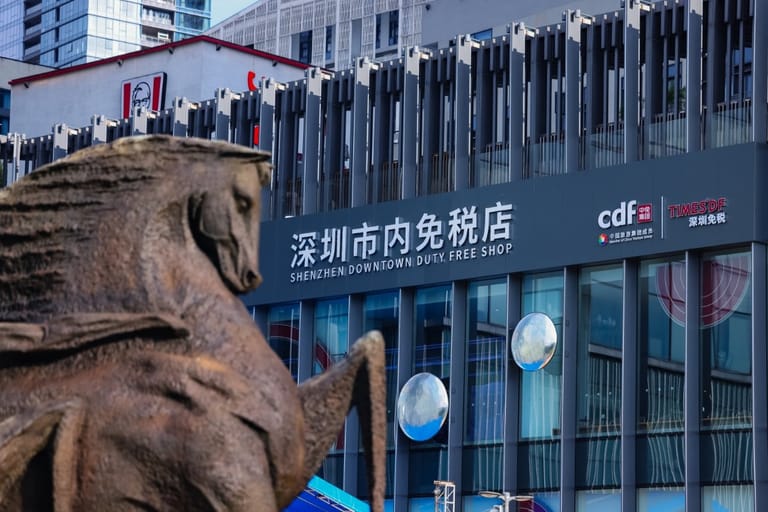Monday Briefing: China’s Retail Shows Resilience Amid Economic Headwinds
By
Charlie Gu

Published on
August 12, 2025
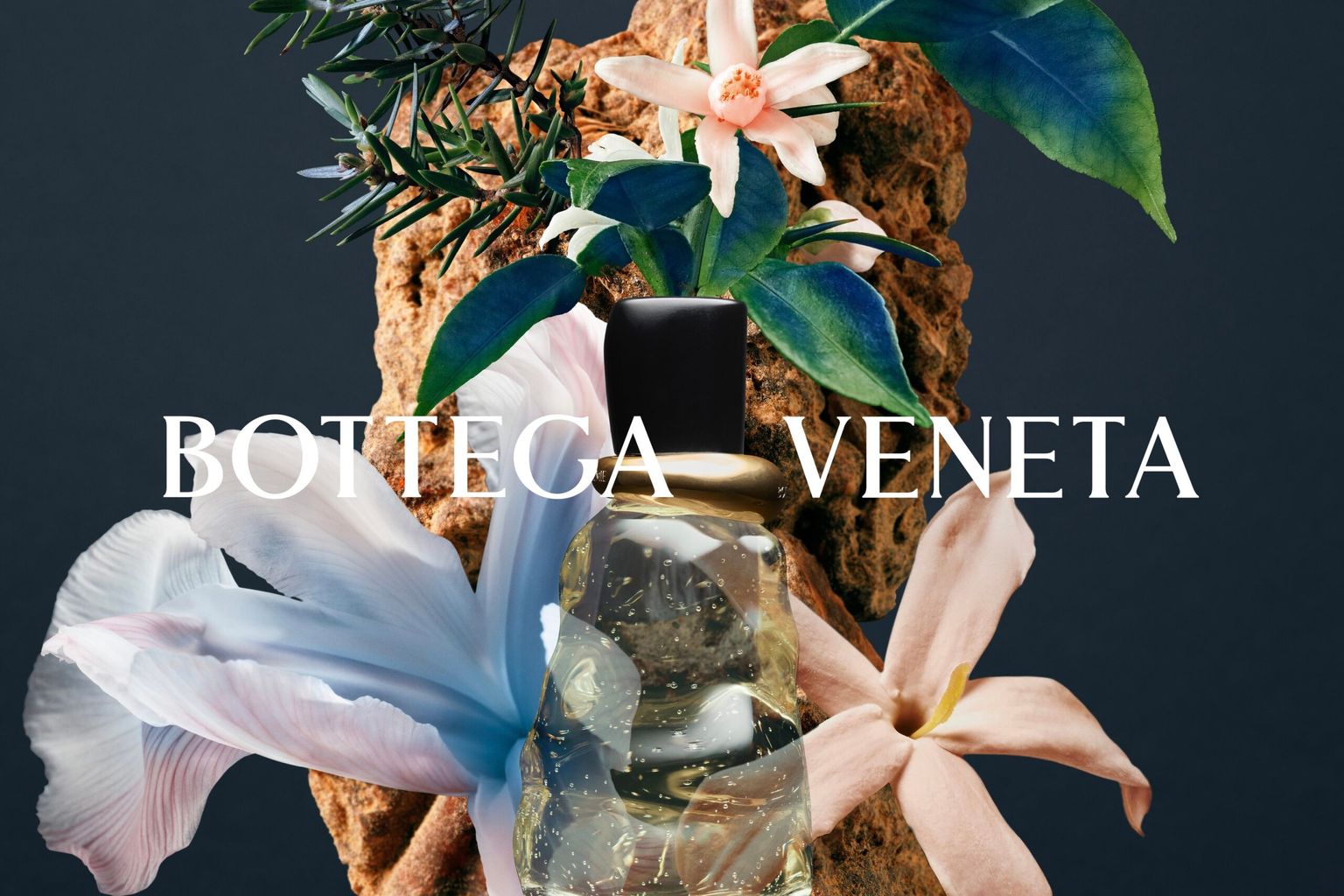
Despite macro economic headwinds and a slower growth outlook, China’s retail sector is proving more resilient than headlines suggest delivering pockets of breakthrough expansion in select categories. Nowhere is this more evident than in inbound tourism spending, which nearly doubled in the first half of 2025 as international visitors returned in force. Tax-free sales have surged, refund store networks have expanded to over 7,200 locations, and top-tier malls report a sharp uptick in overseas shoppers.
Beyond tourism, Bottega Veneta made a bold entry into high-end fragrance, Anta moved into streetwear through a joint venture with Korean platform Musinsa, and Salomon’s new Shanghai concept store blended sport, culture, and experiential retail. Together, these developments highlight how targeted strategies and category innovation are keeping momentum alive in a challenging macro environment.
Inbound Tourism Powers Tax-Free Shopping Boom
China’s travel retail market is showing signs of a robust rebound. According to the Ministry of Commerce, national tax-free sales in the first half of 2025 nearly doubled year-on-year, with the number of tax-refund shops exceeding 7,200—up roughly 80% from the end of 2024. Flagship malls like Beijing SKP and Shanghai IFC report a visible rise in foreign shoppers claiming refunds, boosted by “Shop in China” initiatives and high-profile consumption festivals. The message is clear: inbound tourism is reclaiming its role as a driver of luxury sales, and retailers with polished tourist experiences stand to gain the most.
Bottega Veneta Enters the Fragrance Arena
Bottega Veneta’s first-ever fragrance line marks a deliberate expansion into high-margin categories. Drawing on Venetian heritage and its iconic Intrecciato weaving motif, the collection spans five scents—each crafted from globally sourced botanicals and anchored in a glass-and-marble design aesthetic. The launch positions Bottega alongside other luxury maisons using fragrance not just as a revenue stream but as an extension of brand artistry. With recyclable materials and architectural packaging, the line also aligns with growing consumer interest in sustainable luxury.
Anta and Musinsa Target Streetwear Growth
In a move that signals its ambitions beyond sportswear, Anta has partnered with South Korea’s largest streetwear e-commerce platform, Musinsa, to form a China-based joint venture. Musinsa will hold a 60% stake, with Anta taking 40%, bringing brands like Musinsa Standard into the Chinese market. The collaboration reflects a broader trend: Chinese activewear giants are diversifying into lifestyle categories to capture younger, fashion-forward consumers. The first Musinsa store in China is set to open later this year, with an ambitious goal of 100 locations by 2030.
Retail Spaces as Cultural Statements
Salomon’s new “Fujun” concept store on Shanghai’s Anfu Road reimagines retail as cultural immersion. Housed in a century-old French building, the three-level space blends outdoor sport aesthetics with local creative culture, including an art exhibition and a collaboration with Belgian chocolatier Pierre Marcolini. In a similar vein, URBAN REVIVO’s collaboration with actress Zhong Chuxi on the “Dream Traveler” collection transforms celebrity endorsement into co-created fashion storytelling. Both examples underscore how physical retail is evolving into a platform for cultural dialogue rather than mere product display.
China’s Gold Jewelry Ownership Surges Among Young Consumers
The World Gold Council’s latest consumer survey reveals that pure gold jewelry retains a commanding place in China’s fashion and lifestyle market, with ownership rates reaching 81% across all respondents—up sharply from 62% in the 2019 study. Among younger consumers, the gains are even more striking: 62% of those aged 18–24 now own gold jewelry, a leap from just 37% five years ago.
This rise is not merely a reflection of tradition but also of successful product innovation. Over the past five years, the category has expanded in variety and style, with increasingly creative designs and the “guochao” (国潮) movement fueling demand for pieces that blend contemporary aesthetics with traditional cultural motifs. These trends have kept pure gold jewelry among the most frequently purchased fashion and lifestyle items, underscoring the category’s resilience despite economic headwinds and price volatility.
The Bottom Line
The latest developments suggest that China’s luxury market is being shaped by three intertwined forces: inbound tourism’s revival, the broadening of category footprints into lifestyle and fragrance, and the reinvention of retail as cultural engagement. Whether it’s Anta betting on Korean streetwear, Bottega leveraging fragrance to extend brand equity, or malls fine-tuning their tax-free services, the winners are those acting with agility and purpose. In an environment where demand is fragmented and consumer attention is fleeting, growth will come not from dominating the market, but from playing smart—anchoring every move in cultural resonance, operational precision, and a long-term vision.



